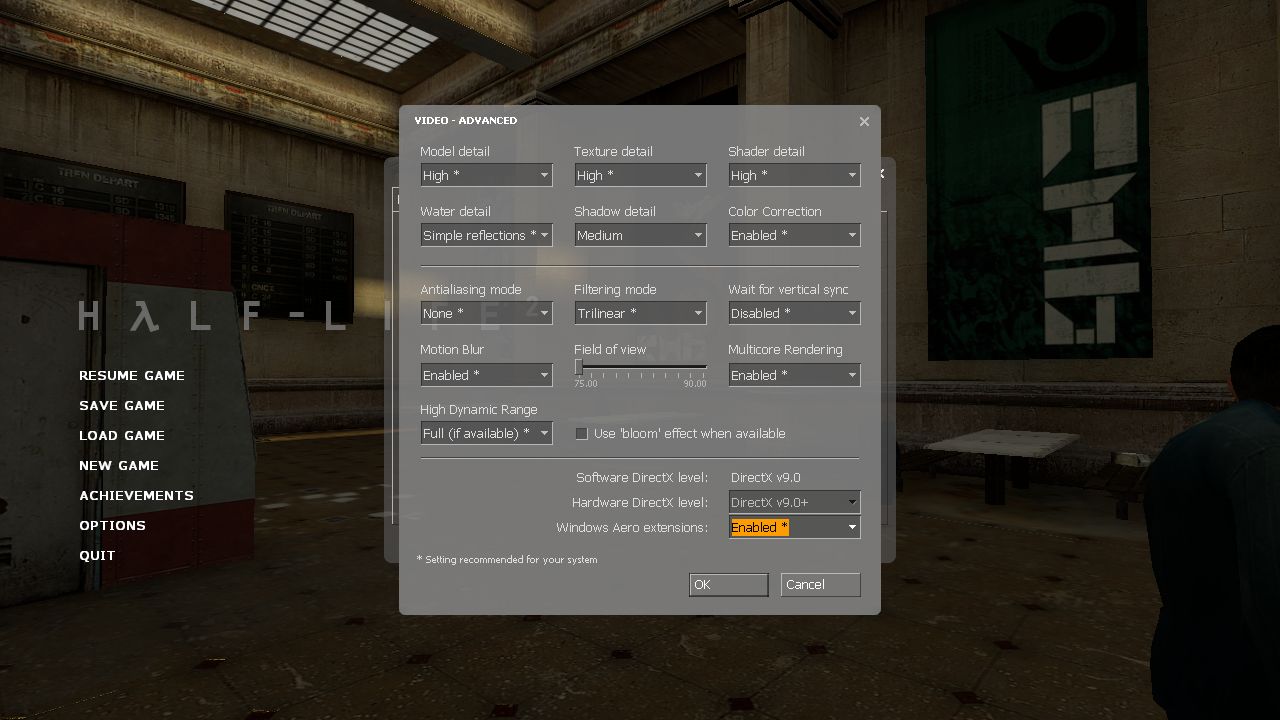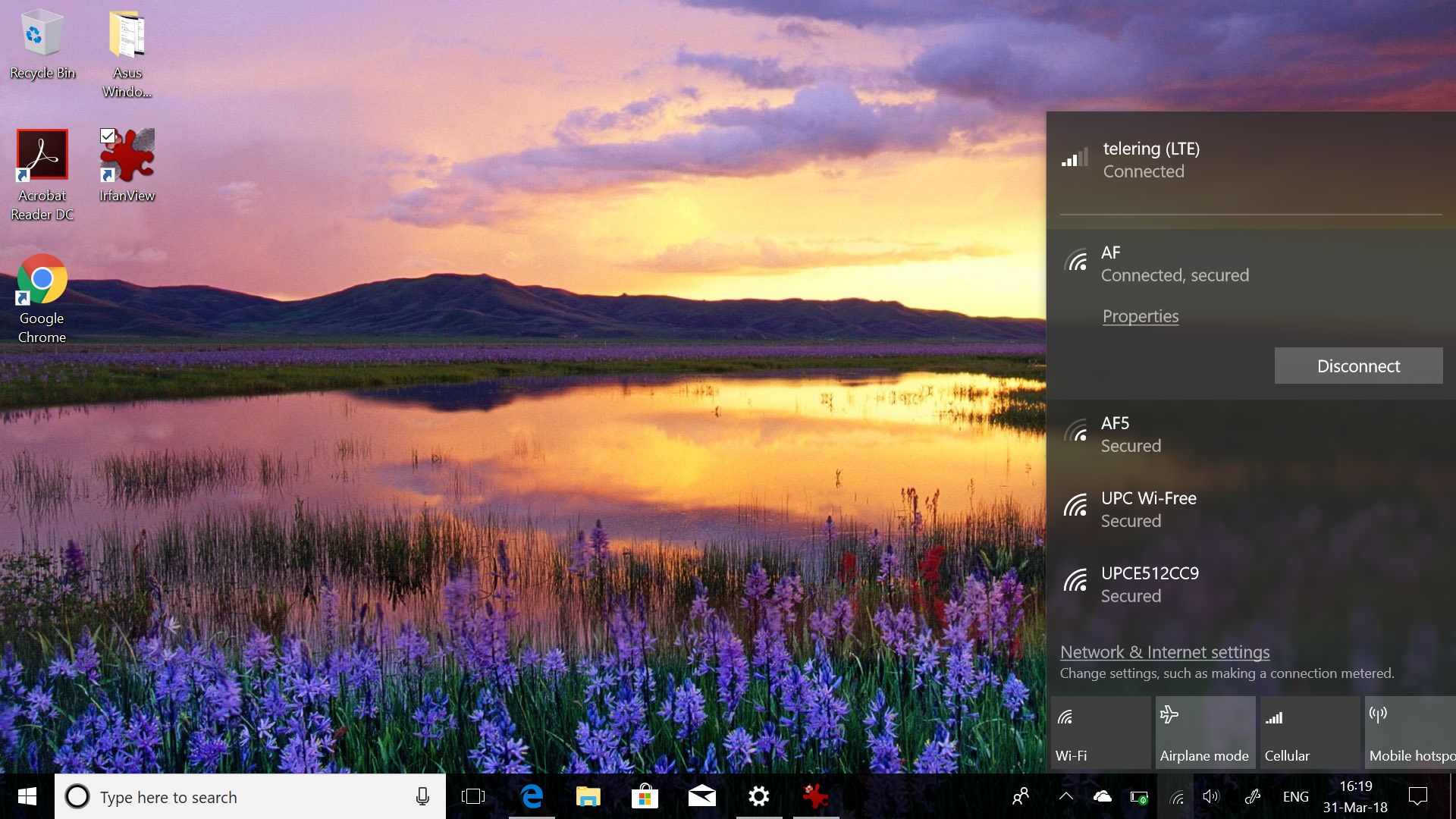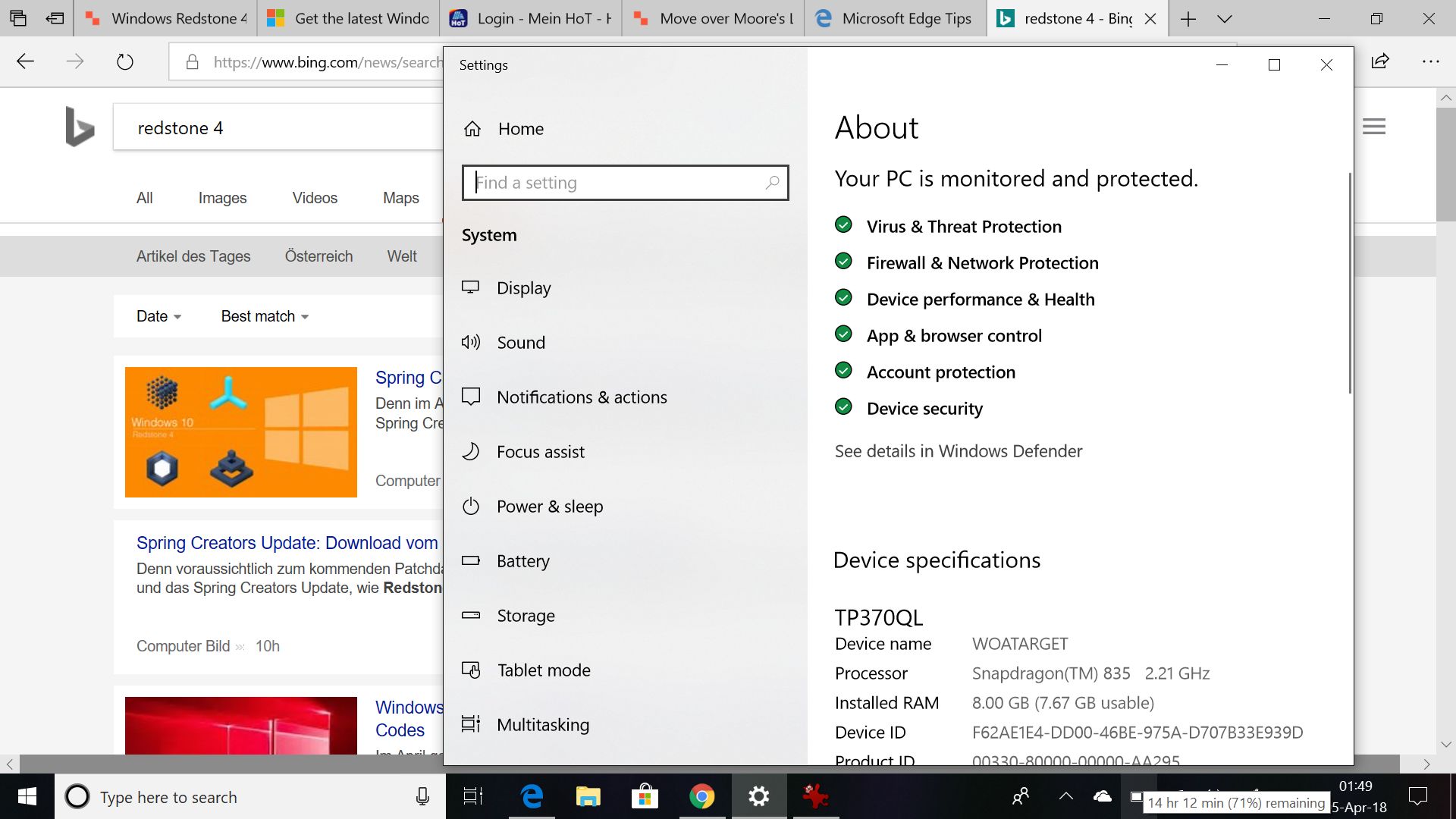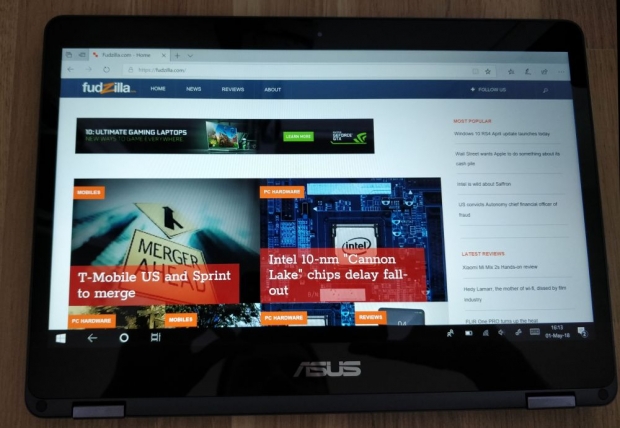Index
Half-Life 2 runs
I went a step forward and installed Steam. That worked too. The next logical step was to install one blast from the past, Half Life 2 and the game not only installed, it worked too. Running a game at decent FPS, at 1280x720 in Full Screen, it ranged between 50 - 60 FPS on average and peaking from time to time 120 fps or more. It occasionally dropped to 20 - 30 fps, usually when it would be loading new scenes. This looks like a bug as the hardware was rendering the game at 100 FPS in most other cases. Not that we recommend this to anyone who wants to play games, but it was run to see that Counter Strike and Half Life 2 style games will work. At some point we think that Qualcomm Adreno GPU team will have to spent some time to optimize some drivers to let you play more games, at least the ones from the past. Casual gaming worked too, Candy Crash fans, or solitary chaps, you have nothing to worry about.
Applications work
Don’t listen to the bad voices, every single app we tried worked. We’ve seen reports from the mainstream media that claimed that there will be things that won’t run. Well, they are wrong, as the apps are running fine.
You would not be able to install the latest generation games, like Call of Duty WW2, but this app was not designed to run on a few watt TDP based notebook. Bear in mind that Qualcomm’s Snapdragon 835 is going against Intel’s Core Y with TDPs around 4.5 – 5 W. You cannot play high end games on that.
Luckily, I had a Xiaomi Mi 12 notebook on hand powered with Intel Core m3-6Y30. We know that this was not the latest greatest CPU from Intel for this category, but this is what we had in our hands. Xiaomi Mi 12 was the notebook of my choice for many business travel trips. This 1.08 KG machine was doing the job.
You cannot tell the difference from Core M
Switching from Xiaomi Mi 12 Intel based m-3 6Y30 to Asus NovaGo was rather seamless. In every daywork you cannot tell the difference. It will simply work. I think this is the most important thing that you should walk away after reading this article.
Benchmarks
Asus is offering 2-in-1 machine with a SIM card slot and a modem that will offer an always connected PC. This comes included in the price. Office 365 comes included in the price too. Qualcomm and a few telcom/carriers in the world believe that there is a space in the market for always connected PCs.
This will be one mammoth task that Qualcomm is trying to achieve. The success of always connected PC will depend on the always connected plans for these machines.
Let’s take Austria for example. These is no such thing as an unlimited data plan for an always connected PC. Instead you get to choose the data cap and, in some cases, even the speed caps.
Some basic data might be cheap, at least in some counties. Austrian 3 "Drei“ network offers 9 GB for 9 euro, which is really cheap. UPC data 20 will offer you 20GB at 150 Mbps download and 50 Mbps upload for 12 euro a month. This is definitely a better deal. UPC is a NVMO and uses the network from 3 "Drei“. For 17 Euro it offers a 40 GB data cap and a free use of the WiFree (for its internet customers.)
One can call this a good start. 40GB should be enough for most users, expect the ones watching a lot of HD or 4K content over Netflix or a similar service. This or YouTube will easily burn your data cap.
Since there are so many Wi-Fi hot spots, a few GB of data will help you get by, but again, having internet access all the time, can be priceless.
Battery life
The second key thing is the battery life. It will last for more than ten hours of normal work. When we say a standard working day, we mean a few hours of web browsing via WiFi or 4G / LTE network, some video and office stuff, emails and word, some PDFs or presentations.
With Wi-Fi on, brightness at 50 percent we played Netflix for an hour. The battery went down from 55 percent to 49 percent. Based on that, you can play Netflix Full HD 1080 videos for about 14 and a half hours. This is not an exact science and we really didn’t want to play Netflix until the machine died. Dropping brightness down to a minimum increases the odds to get you some significant battery gains. This is quite a great score for any notebook PC and brightness down to the minimum works just fine in pitch dark or in an airplane. 
We did the same test on Xiaomi Mi 12 AIR, with Intel 6Y30 CPU aka Skylake. This is a 4.5W TDP processor and the machine doesn’t have a cooler. Don’t blame us for the outdated Intel based platform, this is the one that we had to hand. I am happy to do a rematch if any of the notebook manufacturers help me out with a machine powered by later Y series currently based on Kaby Lake.
The Intel-powered machine burned through 15 percent of the battery within an hour playing the same Netflix content. Of course, we set the brightness to 50 percent and played exactly the same things. Based on this testing, Intel would last 6.60 hours or more than half the time than a Qualcomm powered Asus NovaGo 2 powered by Snapdragon 835.
We managed to find applications that didn’t work, some benchmarks. CPU Z didn’t run on the machine and PC mark would install but decided not to work.




